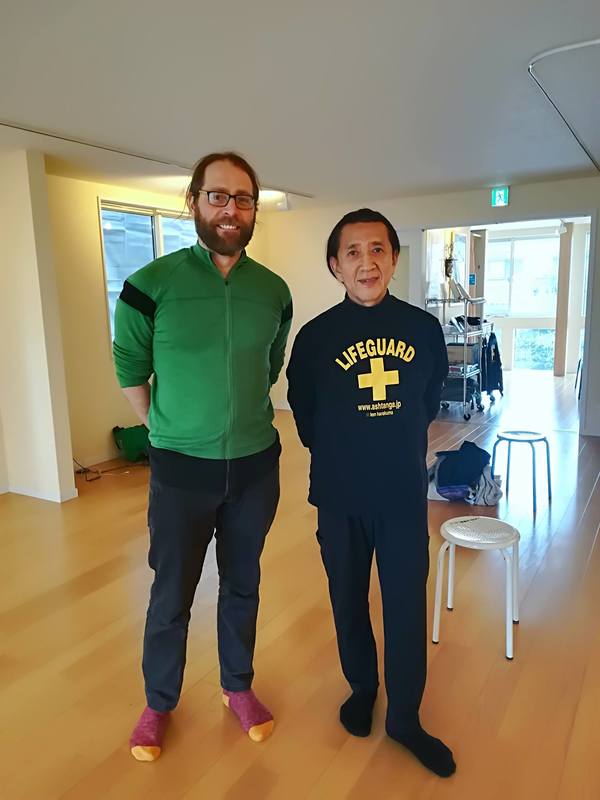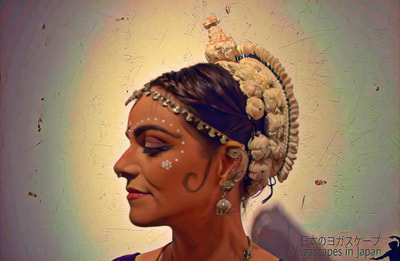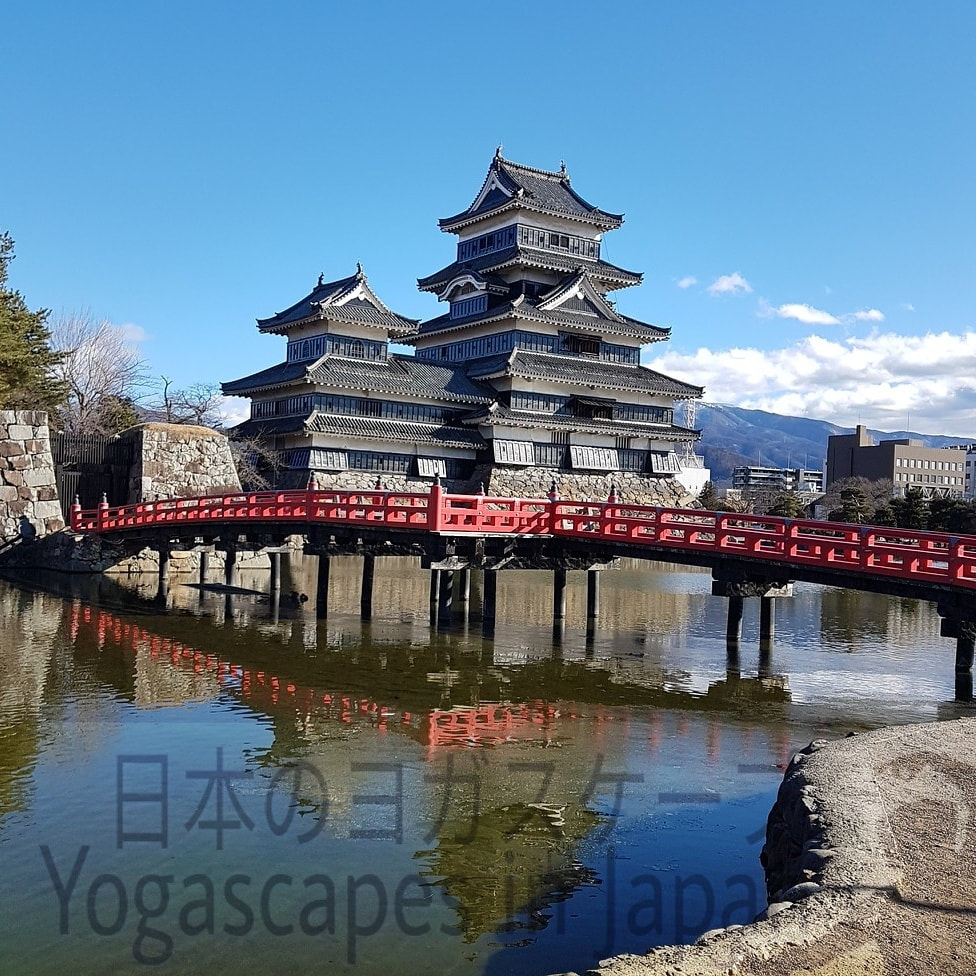|
Yesterday, I had the good fortune to meet with Ken Harakuma. Ken is a delightful, kind and patient man, who sat through 90 mins of me asking all sorts of questions about the yoga industry in Japan, his relationship to yoga and teaching, and how this influences his life and approach to business. Ken has been teaching yoga for decades, all around the world, and claims to have taught over 6000 people to become yoga teachers in this time through his yoga school. I don't think there is more experienced person with whom I could have started my interviews with prominent yoga teachers in Japan.
0 Comments
27/1/2018 0 Comments Yoga pedagogy and ethicsI wonder if it's ethical to teach yoga instructors the assumption that chakras have an independent ontological reality of their own (ie they are real), when the original texts never make this assertion...they were to be imagined as an aid to meditation. the historical-textual development is testament in itself, as it took a few centuries for the 6-chakra-system to be standardised between the 6-9th centuries. Before this, and after, there were many ideas about, not only the number, but also the locations that chakras should be imagined at. Also, even after all this time, there is no empirical evidence that chakras are real. A feeling in the body is not proof. Neither is an appeal to emotion. Saying that some feeling is due to a blocked chakra is merely an opinion interpolated onto a fact, ie a physiological response. As an anthropologist, I am fascinated by this phenomenon of the assumption, and need, for chakras to be real. In a way, it reminds me of the similar ways in which creationists want intelligent design to be taught in science classes as a supposedly legitimate alternative.
Those of you who know me well, are aware of two things:
1) I'm obsessed with counting things and 2) I really like maps So what better way to combine my two OCD fetishes than to take all the yoga studios registered in Japan and put them into a map. Here is a preview of the task ahead - this list will obviously grow over time - as there are 1000s of yoga studios in Japan, according to the lists I've gathered. Now comes the auspicious task of entering the data into a spreadsheet. If you scroll down to the bottom of the page, you can download a Google Earth KML file, which will allow you to view the map in GE. Let me know if you have a yoga studio for this list! This link is where you can also find the map on our website. The first link, above, will take you directly to the website we are using to create the map. It's really simple to use. I've made a couple of maps like this. 22/1/2018 0 Comments 東京へ行きます!Tomorrow I'm off to Tokyo for about a week. It's my first time. I'm excited and a little nervous. Mostly because I'm a bit of a small-town-kinda-guy. The idea of Greater Tokyo, with its 42million inhabitants, is somewhat overwhelming. I'll be up there for an orientation program to do with my fellowship, which includes an afternoon at the Tokyo Rinkai Disaster Prevention Park. If you want to know more about this place, this article is enlightening.
Well, after all this, I will spend a few more days exploring some of Tokyo's yoga studios. I'm hoping to meet as many people as I can, and attend as many yoga classes as well. If you have any recommendations about where to go and whom I should meet, please let me know. Also, if you have any burning questions that keep you up at night, while you wonder about how something in the Japanese yoga industry works, then, send me your question and I'll be happy to ask it for you. 16/1/2018 0 Comments How Many yoga studios in tokyo?I'm not sure if the list I have is exhaustive, but apparently there are 833 registered studios. And, Setagaya ward has the most amount with 83. Does this mean that Setagaya ward is the most yogic place in Japan? It also happens to be one of the most densely populated. Apparently its a nice place to live.
9/1/2018 0 Comments odissi -classical indian danceYesterday, Yogascapes in Japan ventured to Studio Bindu, in the east of Kyoto, to watch Kamala Klebanova perform Odissi, a classical Indian dance which originated in Odisha (East India).
The forms and costume remind me of the elegantly carved temple figures of ancient India. The movements are fluent, graceful and firm. While the upper body flows from one distinct pose to another, the bent legs point out the rhythm of the drums. Hereby a clapping sound occurs, caused by the dancer's bare feet. The face and hands tell short stories from everyday-life, as well as 2000-year-old epic stories. According to legend, the dance derives from the gods and is sustained by the dancers who follow their tradition. The present Odissi style not only refers to centuries-old dance traditions that have evolved out of Hindu temples. It is inspired by the Sanskrit texts (which present detailed principles of theatre and dance from the 2nd to 16th century AD), which are the fundamental sources for this remarkable dance form. From January 12th onwards, on every Monday and Friday, from 7:30 pm to 9:00 pm at Studio Bindu, Kamala offers beginner lessons in Odissi dance. If you are living in Kyoto, or just visiting, please consider joining for a fun evening of delightful dance. For more information, check out Kamala's website: http://www.my-odissi.com |
CategoriesArchives
November 2019
|
 RSS Feed
RSS Feed





